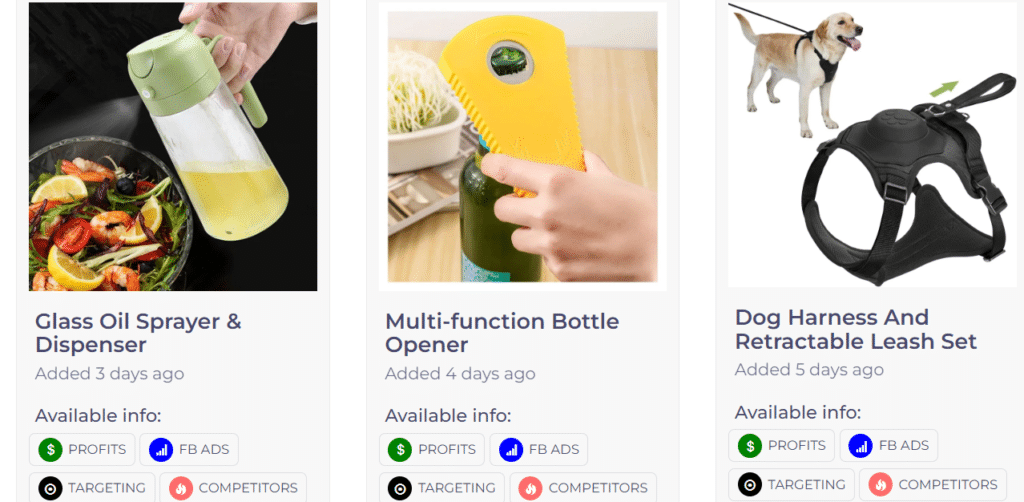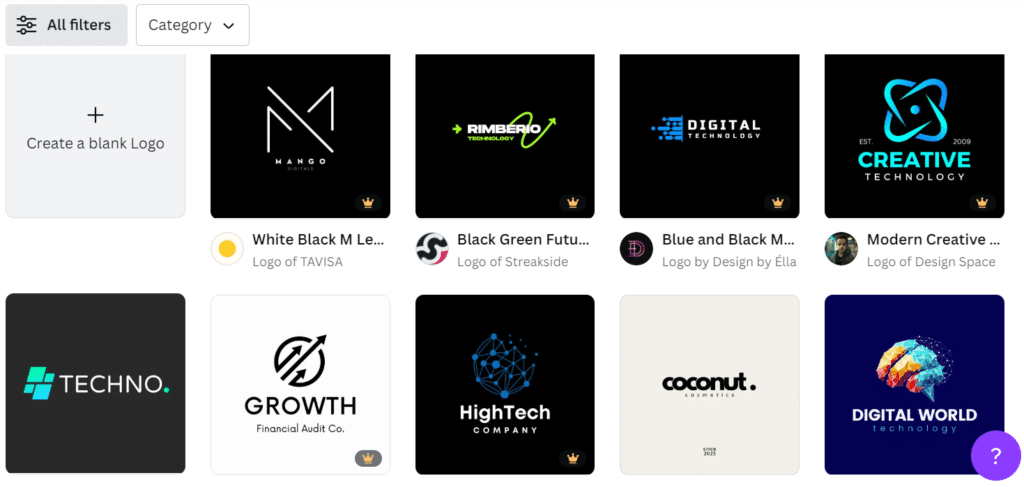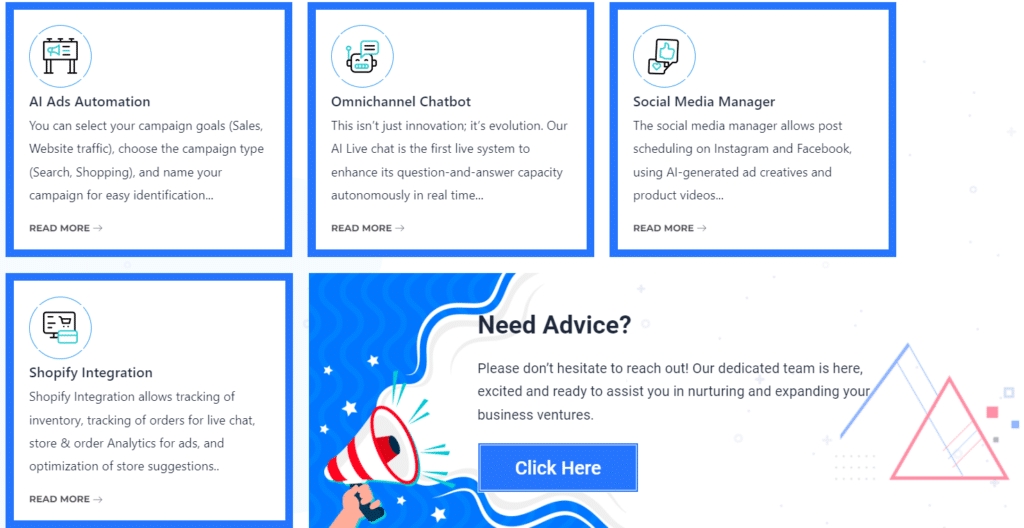Gone are the days when starting a business required a physical location. Today, with the advancement in the digital realm, starting a company doesn’t need a physical location.
If you dream of becoming your boss, start an e-commerce business today. However, it can take time to run a successful e-commerce business.
Suppose you want to dive in and try an ecommerce business venture. In that case, you need to understand everything about ecommerce, how it works, how to start, how much you need, and tips to run a successful ecommerce business.
Before you start coming up with ideas or designing your ecommerce business, master the basics first.
This article will discuss every step you need to know before starting an e-commerce business and offer tips for success.
Table of Contents
What is an Ecommerce Business?
Ecommerce is a short form of electronic commerce. It involves selling and buying goods and services online.
For ecommerce businesses, all transactions occur through mobile apps, online marketplaces, and websites rather than in a physical location.
Now, what is an ecommerce business?

An ecommerce business is a company that makes revenue by selling services and goods online. Examples of these goods and services include housewares, clothes, software, web design, and apparel.
Ecommerce businesses have various business forms, each serving a different purpose for the market and customers. Here are the main types of ecommerce models;
- B2C—This is a common type of e-commerce. In this type of e-commerce, the business sells goods and services directly to individual consumers.
- B2B- In B2B, businesses sell services or goods to other companies. It deals with special orders, bulk orders, or long-term contracts. In other cases, the industry now decides to sell to consumers.
- C2C- Consumer sells products or services to another consumer.
- C2B- Consumer sells goods and services to businesses.
- B2G- Businesses sell products and services to the government or their agencies.
- C2G- Consumer sells goods and services to the government.
- G2B- The government sells products to businesses.
- G2C- The government sells goods or services to consumers.
How to Start an Ecommerce Business: Step-by-Step Guide
Starting an e-commerce business can only be accessible with proper guidance. However, starting and running an ecommerce store should also be accessible with adequate guidance and winning strategies. Here is step-by-step guidance that will help you through the process.
Step 1: Choose a Niche for Your Ecommerce Business
Before venturing into the e-commerce business, choosing a niche is essential. It helps reduce competition. When choosing a niche, you must avoid the most common and settle for a small one.
Small niches have less competition, so your business has a higher chance of succeeding.
Before settling for a niche, you must ensure it has a large target audience and is tiny with fewer competitors. The best way to find a niche is to start with product research and narrow it down.
You can do it manually, research, or find done for your e-commerce niche to choose from by niche scraper.

Step 2: Research Your Competition and Write a Business Plan
Now you have a product for your ecommerce; next, you must assess the competition and suppliers to source it. You must thoroughly research your competition and see what you are competing against. It will help you identify business gaps and determine how to fill out this gap.
The next step is drafting your business plan. The business plan should include your objectives and a clear marketing, finances, and operations roadmap. You can use this business plan to attract investors to your ecommerce business.
A good business should cover the following details;
- Business description
- Mission
- Competitor research
- Business roadmap
- Financial projections
- Product descriptions
Step 3: Choose a Business Name, Logo, and Create Your Online Business
Every business needs a name that represents it. This also applies to your e-commerce business; you need to have a name and business logo.
Choosing a name is fun, but you need to think strategically; this name will represent your brand. Go for a unique name, but it’s less complicated.
You will also need a business logo for all marketing materials, websites, and social media handles. If you are not a designer, you can hire a designer to create a professional logo for your brand or use Canva.

You can now create your online business with a business name and logo. But there is a catch: you must understand the basics of search engine optimization (SEO). It will help you create a website and well-structured pages optimized for search engines like Google.
After understanding the SEO basics, you can start building your store. Consider building high-converting product pages, capturing high-quality product images, writing captivating product descriptions, and selecting your brand color.
If your main goal is ecommerce, you can work with a purpose-built e-commerce platform like WooCommerce or Shopify. Both these functions are like a website; you can add pages, display images, and blogs.
Step 4: Register Your Business
Registering your ecommerce business before you start selling is a crucial step. Register by selecting a legal structure, applying for an EIN (employer identification number), and getting other licenses and permits that fit your business model.
Depending on the country your business is in, ensure your business name is available in the patent and trademark office. Then, you will need to select your legal structure and type of business entity.
We recommended registering a UK limited company that gives you residential and office addresses besides legal business documents.
Now, apply for an employer identification number. You can do this online and for free using the IRS website. Nine digits will be provided to assist you in separating your personal and business finances. Once you get your EIN, check the other business permits and licenses you need to run a business in your state and city. You will need many licenses for brick-and-mortar businesses, but if you run your business from home, you will only need a few licenses.
Step 6: Develop and Source your products
You now have your niche and website, and your business is registered; it’s time to add products. You must add your goods names, photos, and descriptions to your website. Additionally, you have to obtain your goods by sourcing or producing them. Arrange the product logistics like warehousing, branded packaging, shipping, and inventory management.
Step 7: Launch and Market Your Business
Congratulations on launching your new venture. I know how setting up and starting a new business from scratch feels. It’s time to start monitoring the metrics and KPIs (key performance indicators).
Don’t just sit, relax, and wait; it’s time to market your business to the world. But this shouldn’t stress you because AI advancements are improving things. You must integrate your e-commerce business with AI tools like the ecommercebot and choose the social media AI manager feature. The bot will take over the marketing for you.
How Much Does it Cost to Start an Ecommerce Business?
Starting an ecommerce business doesn’t require massive capital like a brick-and-mortar business.
You can become the next business owner with as little as $200. Most money is spent buying your store, marketing, employees, and subscriptions. This type of business is easy to start since it only needs a few permits and licenses, and you won’t be paying rent.
Starting a dropshipping business is cheaper because you don’t spend on inventory, raw materials, or labor.
Tips for a Successful Ecommerce Business
Starting an e-commerce business can be thrilling, whether it’s your first, second, third, or even tenth. Before you start one, keep the following tips in mind.
Know your Target Audience
Even before you start an ecommerce business, think about your target audience. In every process of the journey, these are the people who will be purchasing from you. Most of your time will be spent trying to get their attention. That’s why you need to know them well, what they like, and what they don’t. Understanding them will make it easy to reach them and make sales.
Forget about profit at the start.
Before venturing into the e-commerce business, forget about profit in the first year. Try to measure your success by something other than the profit you made in the first year. Doing this makes it easy to give up and close your store. Give your business two years and above before measuring its success with profit. The first year is to test and reinvest, to check what is working or not for you.
Integrate Live Chat
A live chat is a website tool that allows customers to chat with chatbots or support teams. The tool usually pops up on your website, allowing your customers to ask questions or get assistance if they are stacked.

Adding a chatbot, such as an ecommercebot or AI Live chat, creates a conducive environment for your business because it works 24/7. Therefore, customers can get assistance anytime, leading to an increase in sales.
Experiment with Marketing
People will notice your business once you start marketing it. You need to try and test different marketing strategies until you find the one that suits your business. There are other available platforms where you can do A/B testing. Some of the platforms include;
- Google ads
- Organic search
- Instagram ads
- Loyalty programs
- Affiliate marketing
Experiment, test, and analyze all these platforms with your marketing strategies.
Make Return Easy
Sometimes, you might sell a product your customer doesn’t like because it’s the wrong size, such as clothing. An easy return policy will build trust between your business and the customers.
Many customers compare the return policies of different companies before buying. Add a return policy on your e-commerce business website that customers understand easily.
Read Also:
- Which Ecommerce Platform Is Best For Small Businesses?
- What’s The Difference Between eCommerce And Dropshipping?
- How To Start An Ecommerce Business With No Money
- What Is eCommerce In Simple Words (3 Types Of Ecommerce)
Conclusion
Starting an e-commerce business is exciting but challenging. With the correct information, you can become a successful e-commerce business owner within a few years.
You need to understand these crucial steps before you start an e-commerce business, including choosing a niche, writing a business plan, researching your competition, choosing a business name, and registering your business.
You can try Ecommercebot for free; no credit card is required. You agree to turn your E-commerce business into a success story by clicking the image below.

Doing all this work manually is challenging; thus, you might need a helping hand. Ecommercebot is an AI tool designed to make your work easy, from the Live chatbot, Social Media AI manager, and Shopify integration to Google and Meta ads with AI; this tool is a game changer for your e-commerce business. Explore how ecommercebot can automate your e-commerce business.
You can try it by signing up for our free trial.
Frequently Asked Questions (FAQs)
What is an ecommerce business?
Ecommerce entails the buying and selling of both goods and services online. The transaction occurs through social media platforms, mobile apps, or websites. With an ecommerce store, you can target customers all over the world.
How can I start an ecommerce business?
Starting an e-commerce business is challenging, especially if it’s your first time. You must find a niche, do competitor research, write a business plan, choose a name and logo for your brand, register your business, create an e-commerce website, add your products, launch your business, and start marketing.
Is ecommerce business profitable?
Yes, the e-commerce business is profitable and expected to remain profitable. Owners with little cash flow can benefit from venturing into it. However, it needs a good strategy, especially when selecting a niche, since it takes a lot of work to succeed with high-competitive niches.
Do you need help succeeding in the ecommerce business?
Yes, succeeding in an ecommerce business can be challenging. It’s not a get-rich-easy scheme. Even if you follow every tip and strategy, you can go your first year without making a profit. But don’t be discouraged. It is a learning process, and you will smile at the bank when it starts making a profit.
What are the four basics of an ecommerce business?
Ecommerce business falls into four main basics;
Business to Consumer (B2C): This type of e-commerce involves a business selling products or services to a consumer or individual online. Customers select items they want, check out, and then have the item shipped to them. It is also known as DTC (direct-to-consumer).
Business-to-business (B2B): B2B occurs when two businesses sell to each other online. It is mainly used for SaaS subscriptions or large orders.
Consumer to consumer (C2C): This model involves buying from another consumer. C2C business mainly occurs on websites such as Etsy and eBay.
Consumer-to-business (C2B): Consumer-to-business platforms allow individuals to sell to businesses. In most cases, C2B involves businesses buying services from freelancers. Consumers can share affiliate links, host ads, or write reviews to get paid.

